Global Anti-Base Erosion (GloBE) Model Rules Explained | Pillar Two Guide

The digitalization of the economy brought many new taxation challenges and issues and contributed to the need to reform international taxation rules. To address the rising problems, the OECD and G20 members agreed in 2021 on an Inclusive Framework on Base Erosion and Profit Shifting (BEPS), a two-pillar solution.
The Global Anti-Base Erosion (GloBE) Model Rules, commonly known as Pillar Two, represent a fundamental shift in international taxation, which defines a minimum level of tax that multinational enterprises (MNEs) must pay in every jurisdiction where they operate.
Given the complex nature of the rules and their significant implications for global businesses, this article aims to help understand how GloBe rules work, which MNEs are subject to those rules, and their key components or mechanisms.
Who is Affected by the GloBE Rules?
As already mentioned, the GloBE rules are specifically designed to address the issue of taxing international companies that operate worldwide. However, the rules do not focus on all global companies. They are primarily defined for MNEs whose consolidated revenue is above EUR 750 million in at least two of the four fiscal years.
These rules apply to all MNEs that meet the criteria, regardless of the industry, meaning that tech, financial, manufacturing, and retail companies are all subject to the same rules.
The GloBE Rules aim to introduce a 15% global minimum corporate tax for in-scope companies. This means that companies with revenue above EUR 750 million must pay a 15% tax in each country or jurisdiction where they operate.
Companies that do not have an international presence or whose annual revenues are below the threshold are not in the scope of GloBE rules. In addition to these companies, government entities, international organizations, and non-profit organizations are exempt from these rules.
Key Mechanisms of the GloBE Rules
The GloBE rules function through a system known as top-up taxes, which ensure that MNEs pay at least a 15% effective tax rate in every jurisdiction they operate in. Key components or mechanisms of these rules are the Income Inclusion Rule (IIR), the Undertaxed Payments Rule (UTPR), and the Qualified Domestic Minimum Top-up Tax (QDMTT). These mechanisms are vital in ensuring compliance with the global maximum tax standard.
The Income Inclusion Rule, or IIR, is the primary mechanism for ensuring MNEs pay due taxes. With the IIR in place, the ultimate parent entity of an MNE group must apply a top-up tax if its subsidiaries are subject to an effective tax rate below the 15% minimum threshold. Using this mechanism, the amount of tax owed is calculated based on the difference between the actual paid tax and the minimum tax required. This mechanism aims to discourage MNEs from shifting their profits to low-tax jurisdictions and, even if they do so, to ensure that any shortfall is taxed.
The Undertaxed Payments Rule (UTPR) is a supporting mechanism for the IIR that applies when low-taxed entities are not subject to the IIR at the parent level. This mechanism's basic principle allows other jurisdictions where the MNE operates to impose additional tax on the entity's income by denying deductions or other means. More specifically, it guarantees that low-taxed profits are subject to a minimum level of taxation, further preventing MNEs from benefiting from jurisdictions that do not enforce IIR.
The third mechanism, the Qualified Domestic Minimum Top-up Tax (QDMTT), is an optional mechanism allowing jurisdictions to implement their minimum tax measures corresponding to the GloBE rules. Developing countries mainly implement QDMTT, which refers to a minimum tax in domestic law and is equivalent to the GloBE rules. If a country has this mechanism, it applies before the IIR or UTPR and protects that they retain tax revenue that foreign jurisdictions would otherwise collect.
Compliance Challenges for MNEs
Although 136 countries agreed on the GloBE rules, not all have implemented them in national legislation. Around 70 countries have implemented or are in the process of implementing GloBE rules. Therefore, one of the first compliance challenges for MNEs is knowing where the GloBE rules are enforced and which mechanism applies.
Also, with many countries in the process of implementing the rules, the implementation timelines, interpretation of key provisions, and potential conflict with existing regulations may further complicate the situation for MNEs.
The additional challenge is the complexity of calculating the required effective tax rate for each jurisdiction in which an MNE operates. Rules require a standardized approach to tax accounting that may differ from the current financial reporting framework, thus forcing companies to change and adapt their internal systems, which is a complex task for multinational companies.
Another challenge for international companies operating in multiple jurisdictions is collecting data to determine their due taxes. To comply with these requirements, MNEs must establish an effective and unified financial and tax reporting system, which can be difficult when operating in jurisdictions with different standards and requirements.
Conclusion
The introduction of the GloBE Rules represents a significant shift in international tax policy. It demonstrates countries' determination to create a fairer global tax system and reduce the maneuvering space for the world's largest companies to avoid paying taxes or paying less. Establishing a 15% global minimum tax should result in a more balanced revenue distribution.
However, compliance complexities for MNEs cannot be neglected. As the number of countries implementing these rules rises, the MNEs should take a proactive approach, assess their tax structures and revenues, upgrade their global compliance systems, and monitor jurisdiction-specific developments.
Source: KPMG, Inland Revenue Authority of Singapore, Deloitte, EY, PwC, OECD - Tax Challenges Arising from the Digitalization of the Economy – Global Anti-Base Erosion Model Rules (Pillar Two), OECD - Minimum Tax Implementation Handbook (Pillar Two)

Featured Insights
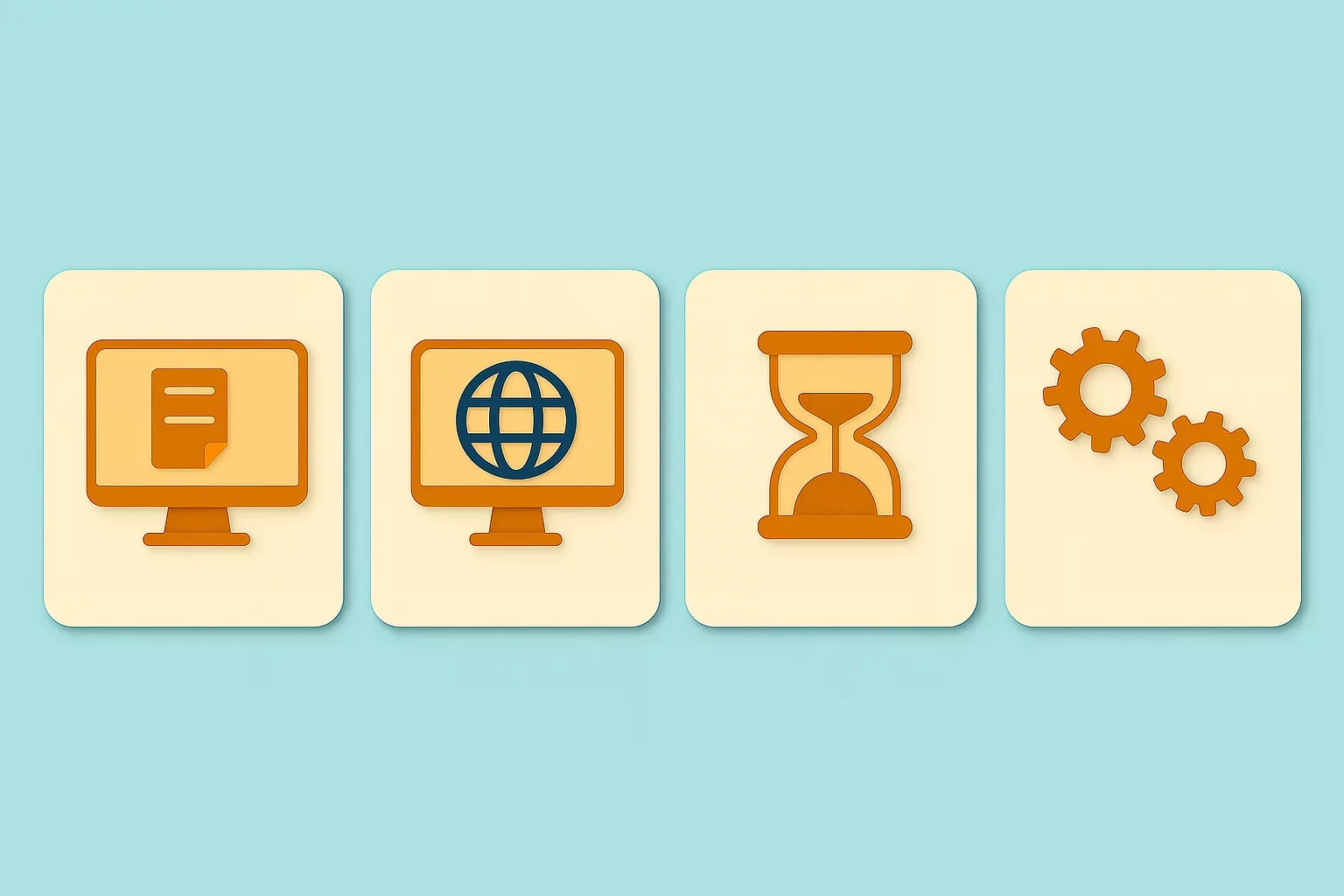
Angola’s E-Invoicing Mandate: Phased Implementation Continues Into 2026
🕝 December 10, 2025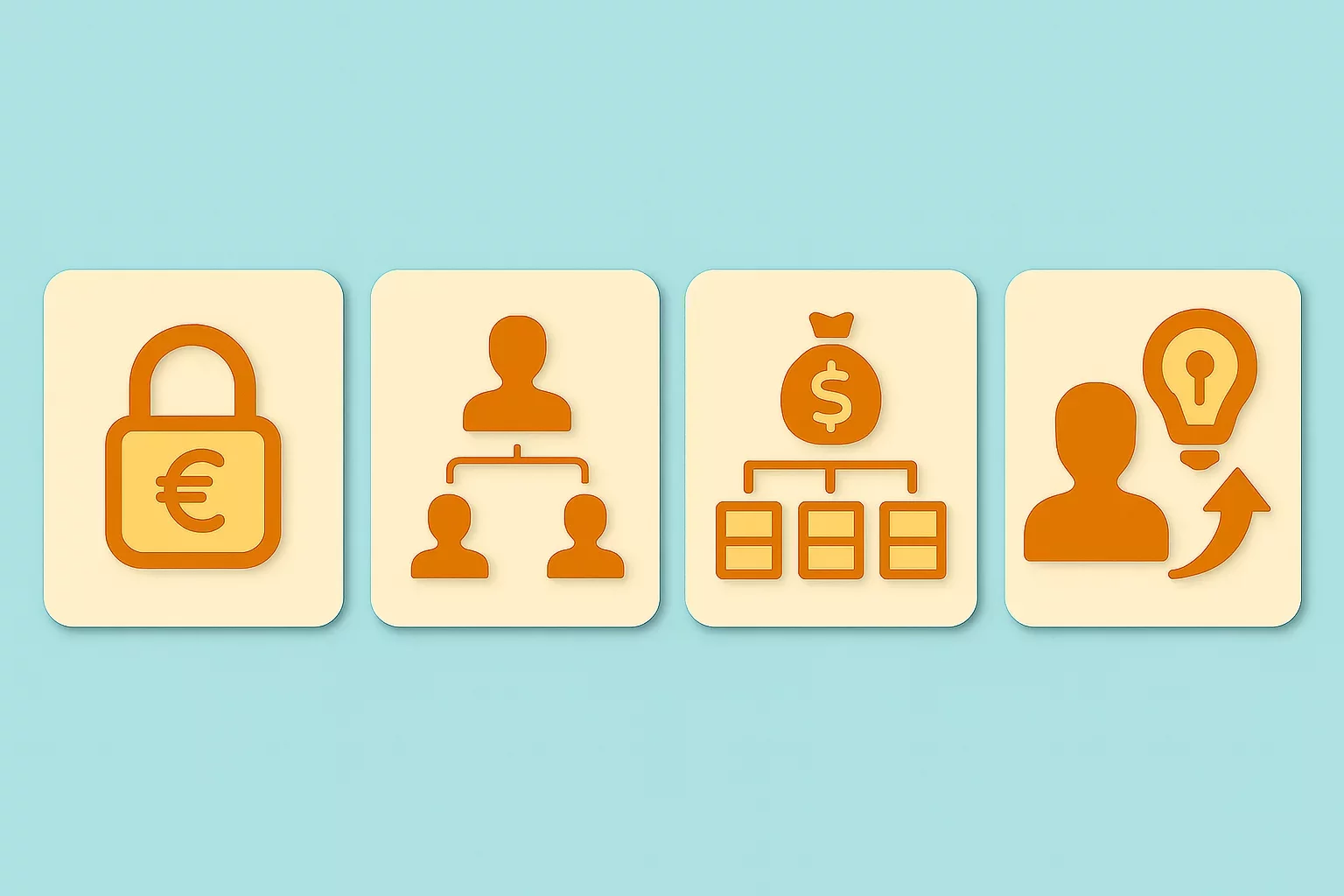
VAT Deduction and Business Succession: When Do Advisory Costs Serve the Company’s Interest?
🕝 December 8, 2025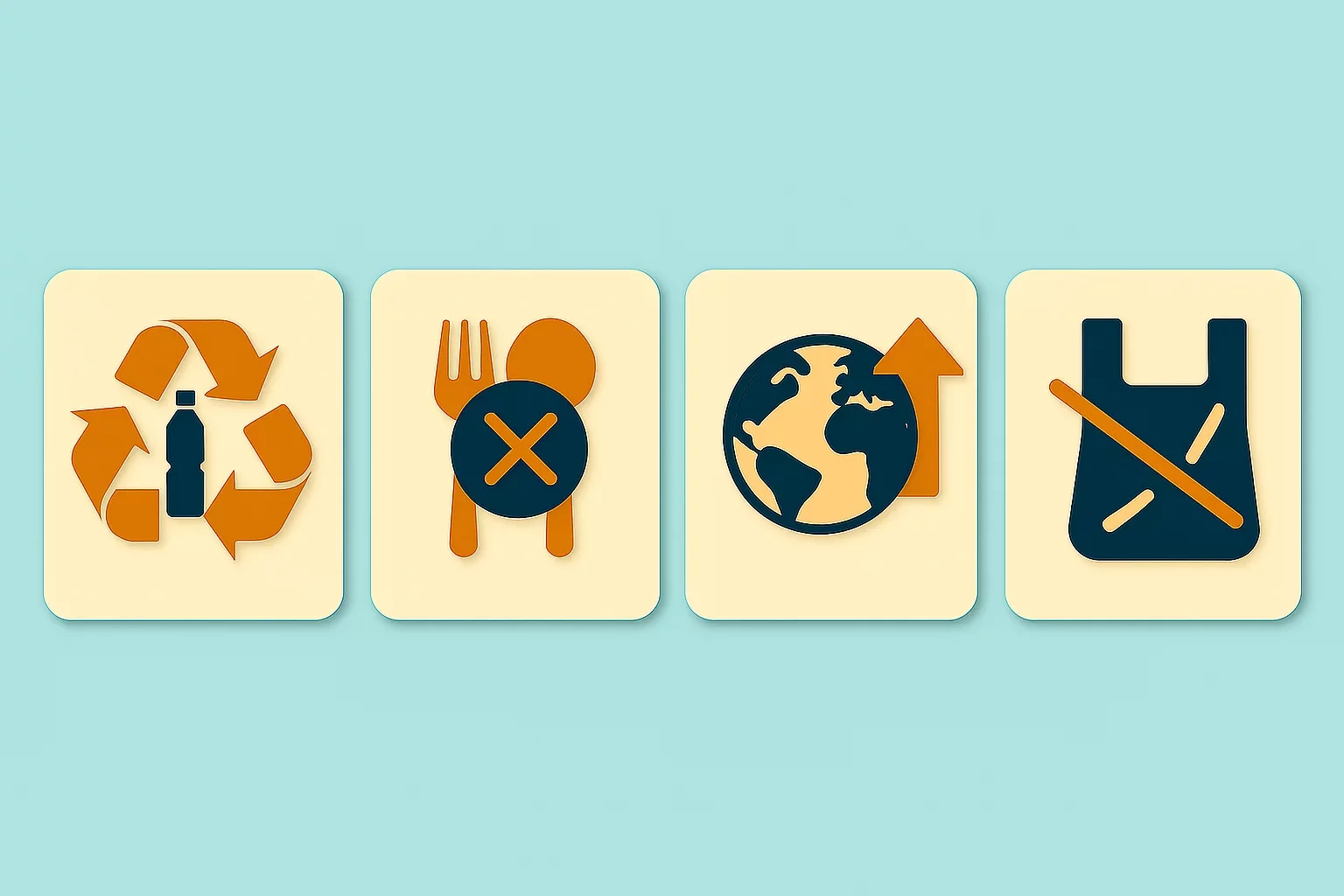
Europe’s Plastic Fiscal Shift: Why Italy’s Plastic Tax Now Starts in 2027
🕝 December 3, 2025
The Decline of Low-Value Import Exemptions: Closing Gaps in Cross-Border E-Commerce
🕝 November 20, 2025More News from World
Get real-time updates and developments from around the world, keeping you informed and prepared.
-e9lcpxl5nq.webp)

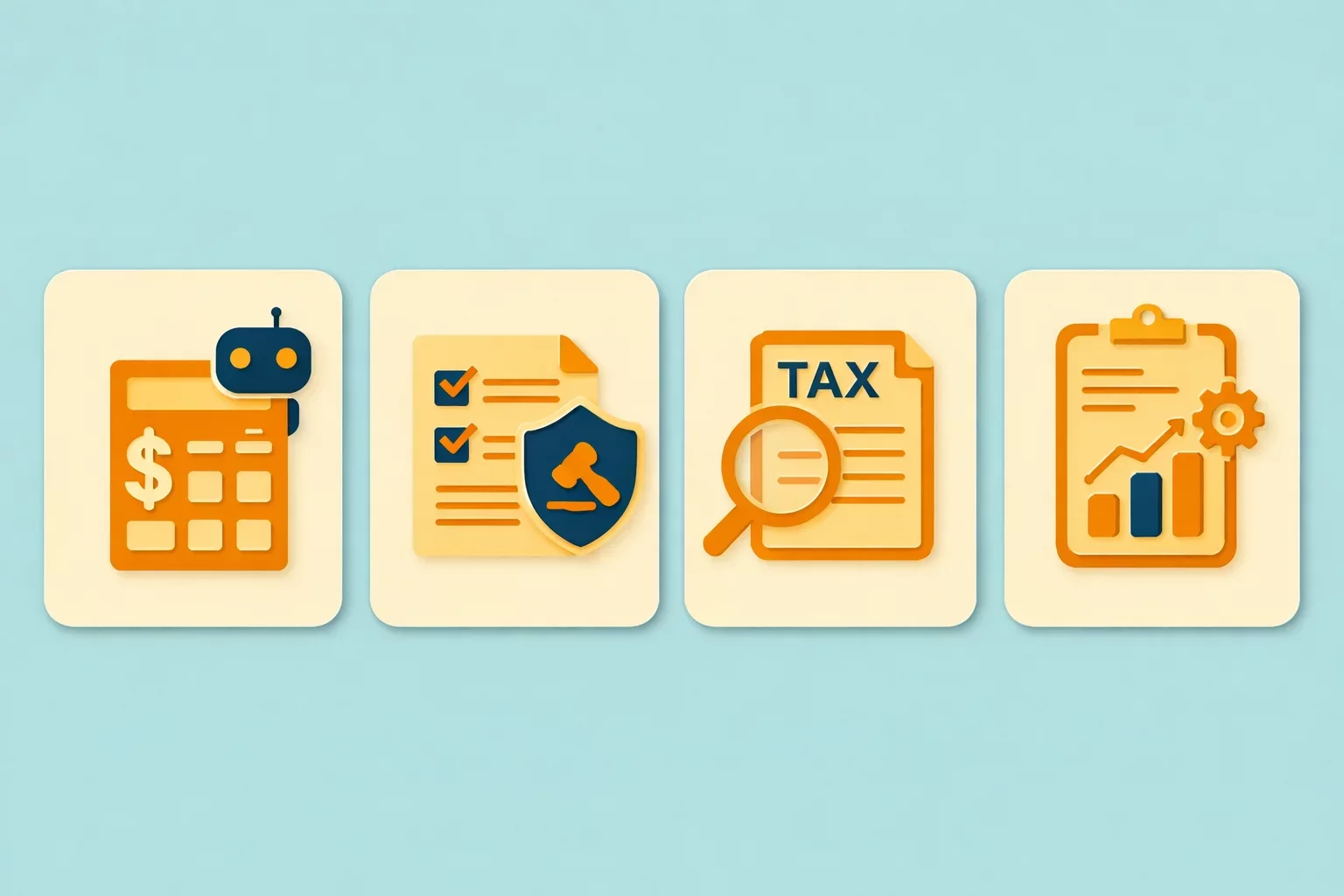






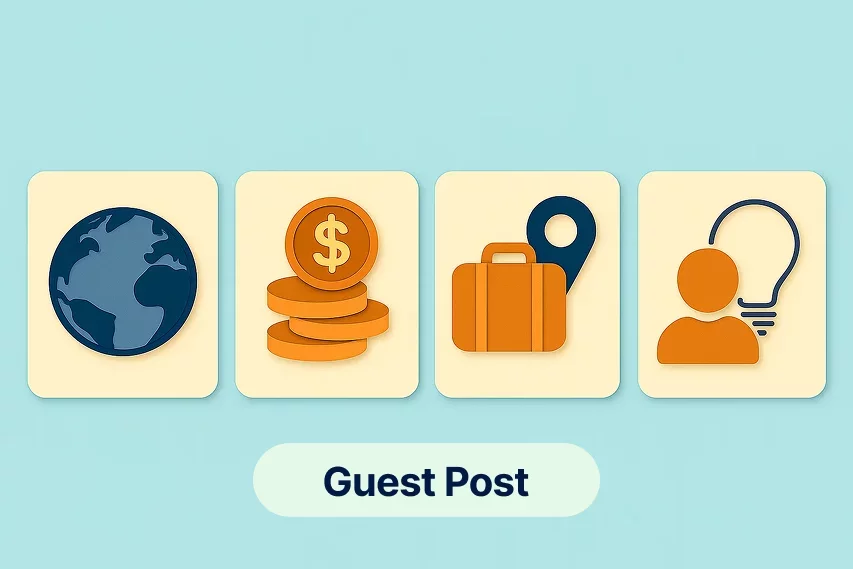

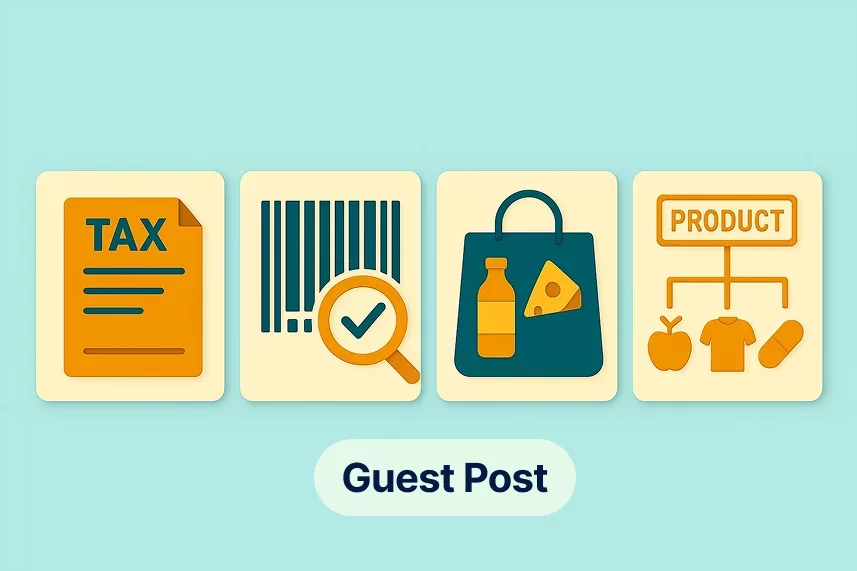












-7xdqdopxl6.webp)



-a9bz8kz2cs.webp)






























